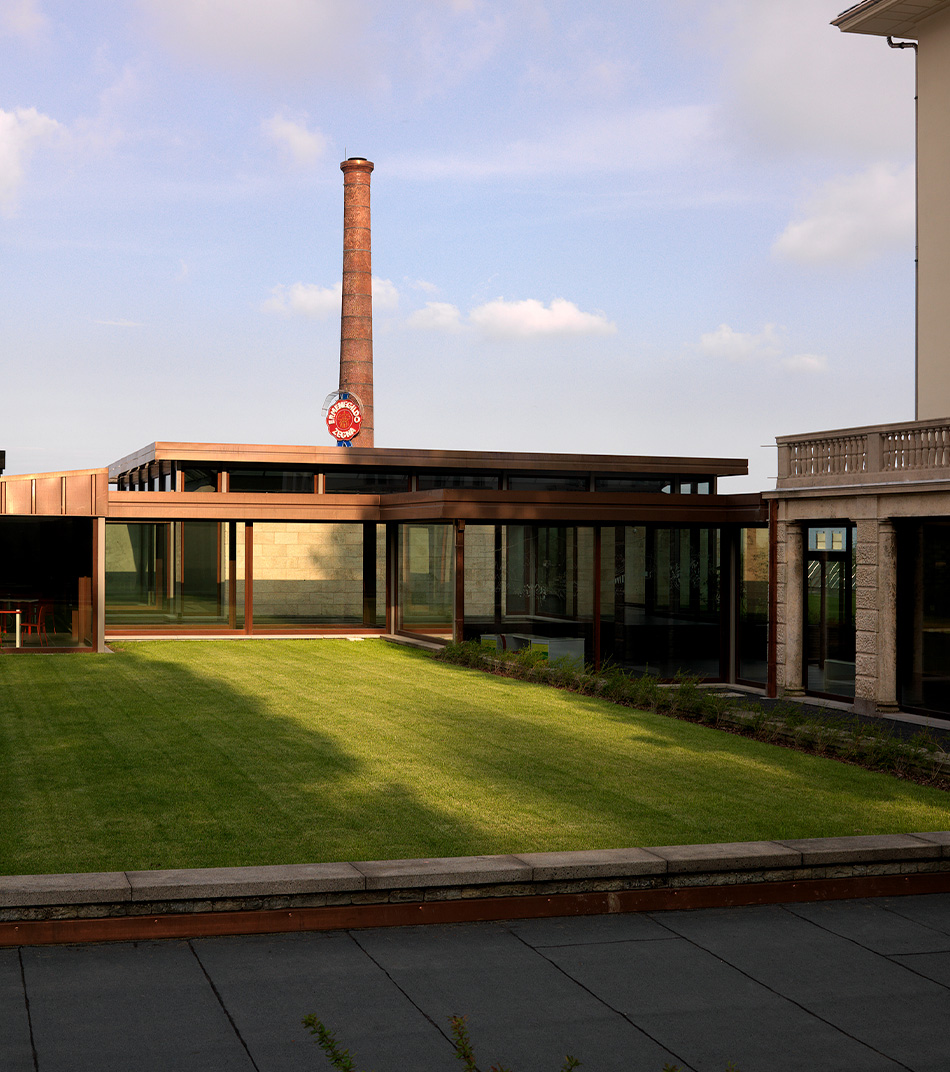Having moved from Venice to London to study the history of Italian men’s fashion in the years straddling the 2nd world war, Marta Franceschini, a graduate from Università IUAV in Venice, recently took a Master’s in History of Design at the Royal College of Art in London. Research for her thesis, entitled “Arbiter. Writing Fashion, Style and Masculinity in Italy, 1935-1952”, brought her to the archives in Casa Zegna, Trivero, where most of the issues of the magazine are kept: a unique and precious source of information.
Marta, can you tell us how you became interested in this subject?
I wanted to continue my research into the identity of the Italian male, a theme about which there’s a lot of talk but little real understanding of the characteristics involved. I noticed that most published studies were from the sociology angle and that no one had adopted a fashion viewpoint. For example, there used to be a lot of talk about fascist virilism but no one appears to have gone far beyond the uniform imposed by the regime. I was interested in studying the shift from production of the material to focus on the cuts, what the relationship between the fabric and the suit was.
Thanks to Maria Luisa Frisa, director of the degree course I did in Venice, I discovered the Zegna archives, where I was able to start my research. Here I turned my attention to Arbiter, the first Italian magazine to focus on male elegance, not only from a sartorial viewpoint but also in terms of fashion, as lifestyle. The magazine provided me with a network of tailors, fabrics producers, editors, artists… an exclusive guide for exploring the relationship between man and fashion and understanding Italian male identity.
What was Arbiter’s role in the evolution of fashion in those years?
The magazine played an interesting role in both defining male identity through fashion and in building a national identity. Fashion was an important means with which to characterize the appearance of the Italians, so men too needed to keep it in mind. This is the other side of the coin, and somewhat neglected I think, given that male elegance didn’t figure very much in the Fascist ethos in the Thirties and Forties.
My research continued into the post-war period to understand how men “negotiated” their national identity after the collapse of an ideology as robust as Fascism. How could they now reinvent their Italian identity when in 1935-37 being Italian meant being Fascists? At the end of the war people felt a need to re-appropriate their national identity by dissociating themselves from the previously dominant ideology. Society’s attitude to male beauty had also changed. It used to be unusual to see a man modelling, an activity not considered particularly virile, whereas by the end of the Forties the first male fashion shows were being put on. Men’s interest in sport and their own bodies shifted focus after the war, which is considered a watershed in this context. It’s interesting to reflect on the degree of continuity too, on the fact that we’re looking at the same people, before and after, when analyzing their experience of that epochal transition. In the pages of Arbiter tailors wondered how, having once “dressed the regime”, they should now “dress the republic”.
And what was Zegna’s role in this, and in relation to the magazine Arbiter?
My research starts with 1935, the year Arbiter first came out. In those days quality Italian fabrics had to be marketed as English if they wanted to sell. Zegna was perfectly ready to compete with English fabrics and in fact produced an autarkic advertisement featuring the “chain” of Made in England broken by the “dagger” of Zegna fabric. As explained by Aldo Zegna in an interview, Ermenegildo Zegna’s decision to put his name on his fabrics was an important one. In this respect, Zegna was one of the first sustainers of Arbiter and a pioneer in building a narrative around products. Fashion brought about an epochal change here, transforming a simple object into an object of desire. The insight that a story should be built around the objects that were being produced, to make them legendary, and the importance attributed to advertising campaigns were undoubtedly Zegna firsts. The correspondence in the archives proved vital to my understanding of what was happening behind the scenes.
How was your thesis received and what are your plans for the future?
The thesis went down very well, and was even presented at an international conference at the Courtauld Institute of Art on the historical value of magazines. To be closer to my subject matter I’m now continuing my studies in Venice, where I’m doing a PhD on design sciences, with a special focus on fashion.

![Marta-Franceschini-Arbiter720[1] Marta-Franceschini-Arbiter720[1]](https://www.fondazionezegna.org/wp-content/uploads/elementor/thumbs/Marta-Franceschini-Arbiter7201-q8vcliryl6gim3v14f68niyr4ch35qo6sqgj5kmygw.jpg)
